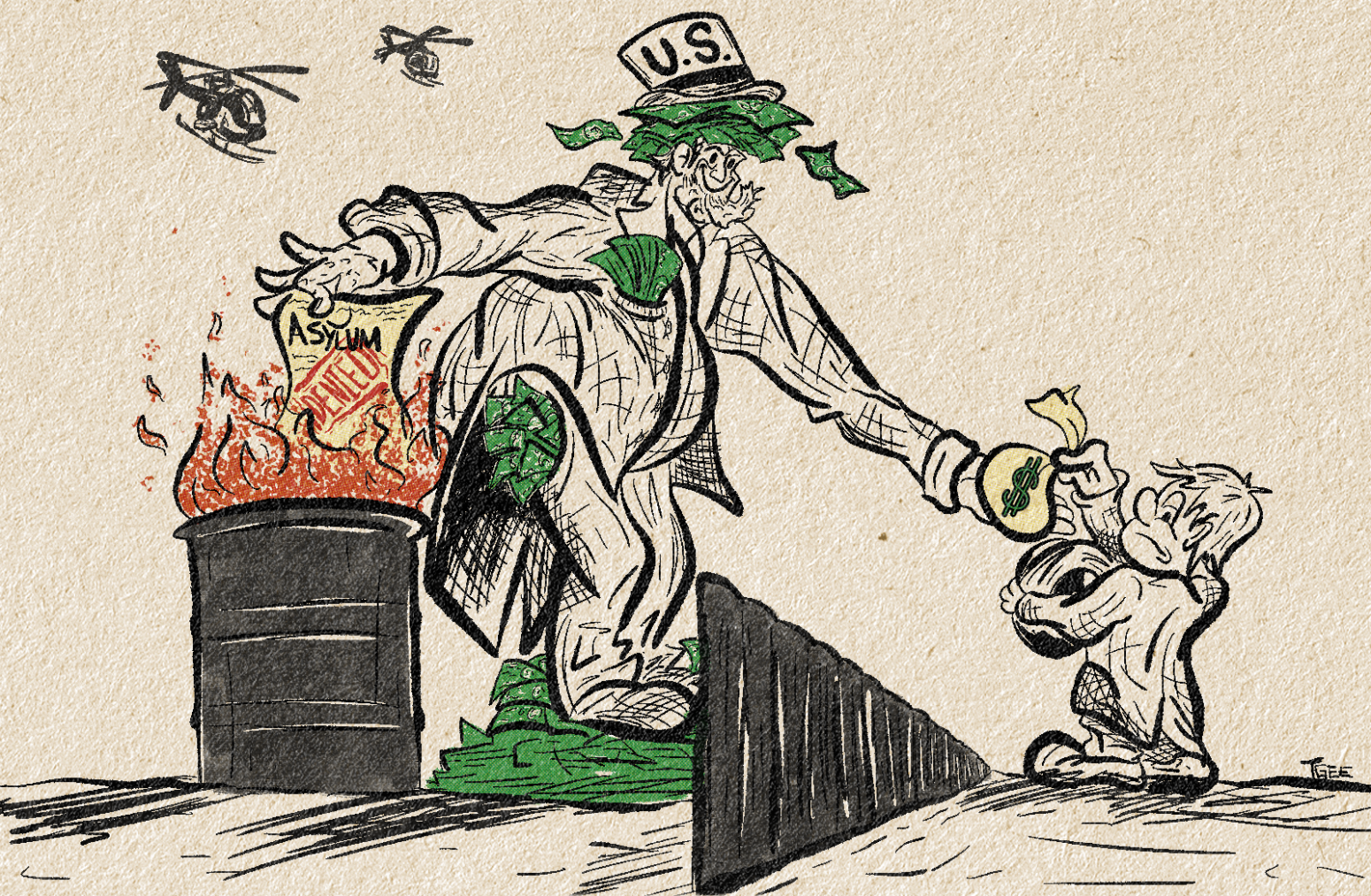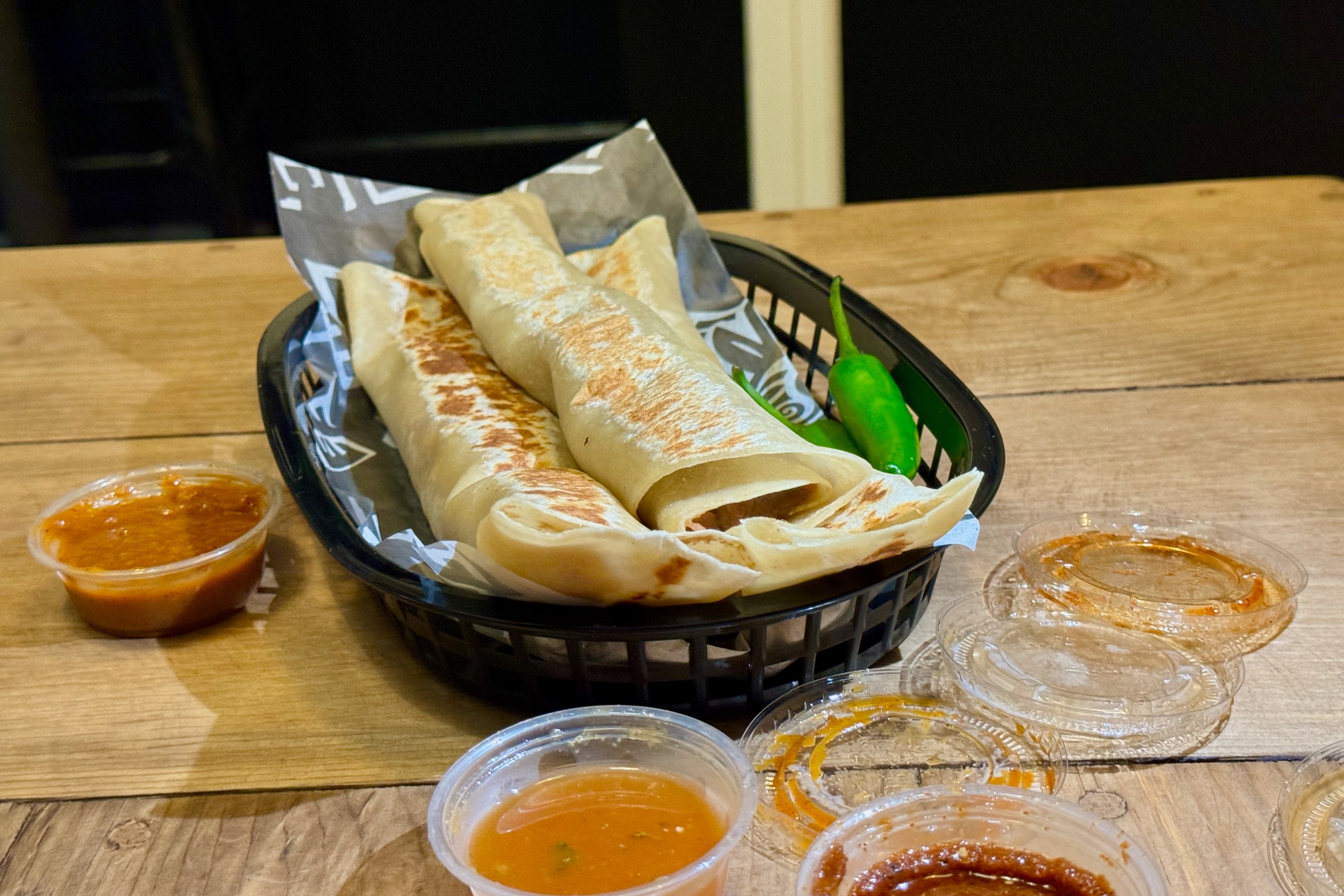Update on October 1, 2020: A federal judge issued a temporary, nationwide injunction on the USCIS fee increases that were to go into effect on October 2.
[dropcap size=big]I[/dropcap]f you are eligible for naturalization, or some other immigration benefits, right now-right now is the time to apply.
After concluding their biennial review of fee collections last month, the U.S. Citizenship and Immigration Services (USCIS) announced a significant increase in filing fees for many applicants. The USCIS fee increase, as given in the Final rule document, will take effect from Oct 2, 2020.
The average weighted fee increase is 20 percent.
For the first time in U.S. history, USCIS has also introduced a fee for asylum applications and an elimination of many existing fee waivers. On September 2, 2020, USCIS issued this policy guidance.
Here are some of the important upcoming changes.
Naturalization
The N-400 naturalization application fee will increase from $640 to $1160 for online applications and $1170 for paper applications: an 83 percent increase.
Not only will applicants pay higher N-400 filing fees, but they also will not have the option to apply for a fee reduction ($320), a whopping 266 percent increase in the filing fee, for those whose income is greater than 150 percent and less than 200 percent of the poverty level.
USCIS has also eliminated the N-400 fee waiver for those with income greater than 200 percent of the poverty level.
Unfortunately, the effect of these fee increases is to create a wealth test to become an American citizen.
This fee increase does not consider how much of a barrier finances are to immigrants looking to naturalize. Financial and administrative barriers stand in the way of naturalization for 13 percent of Mexican and 19 percent other lawful immigrants, according to a 2015 survey, published by Pew Research. Besides the financial burden, the new fee penalizes immigrants who abide by the law and forces them to turn to predatory financing to afford the USCIS fee.
Naturalization offers many economic and social benefits to legal immigrants. Aside from protection from potential deportation, research shows that naturalized citizens have higher employment rates and can earn up to 70 percent more than noncitizens. In addition and perhaps the privilege with the most political weight, an ability to vote and have an impact on elections.
Registration of Permanent Residence or Adjustment of Status
The USCIS fee structure will also change for the Form I-485 applicants. An unbundling of filing fees will mean that they will have to pay extra for work authorization (Form I-765) and their travel document (Form I-131). This new structure will result in nearly doubling the fee, which will be $1130 for I-485, $550 for I-765, and $590 for I-131.
Drop-in Immigration
These changes come at a time when there has been a significant decrease in legal immigrants admitted to the U.S. According to the National Foundation for American Policy (NFAP), there was a 7.3 percent (86,894 people) drop in immigration from FY 2016 to FY 2018, and the majority of the decrease has been in the immediate relatives of U.S. citizens, including children, spouses, and parents, reported Stuart Anderson for Forbes.
Certain countries, including Mexico and China, are over-represented in the declined applicants with a decrease of 7.3 percent for Mexico and 20 percent for China, adds Anderson. Numbers in other segments of immigration also indicate the direction taken by the Trump administration:
The annual ceiling for refugees and asylum seekers is set by the President in consultation with Congress. The 30,000 ceiling for FY 2019 was the lowest since the creation of the resettlement program in the 80s, according to Migration Policy. There has also been a marked change in the number of people approved for asylum, with a decrease in 43 percent from FY 2016 to 31 percent in FY 2019. The ceiling is at 18,000 for FY 2020, adds the report.
The Need to Reform USCIS
Unlike most government agencies, the USCIS relies on fees for its funds. In FY 2019, the USCIS fee carryover went into the negative for the first time since 2007, and it is expected to reach $1.5 billion this year, says Migration Policy research. The researchers add that a decreasing petition rate and greater processing times are two important factors in the turnaround: a one million drop in petitions in FY 2018 resulted in a $152 million drop in fees, and continued drop in a petition with highest fees in FY 2019 resulted in a $13 million drop. At the same time, money spent on vetting applicants and detecting benefit fraud increased significantly (an increase of $96 million for vetting and $202 million for fraud from FY2016 to FY 2020).
The Bottom Line
These facts and figures clearly indicate a need to change the priorities of the USCIS, so that it can not only support itself but also ensure that it facilitates the people depending on it for swift processing. Unfortunately, the new changes indicate a continuation of policies to make naturalization difficult for lawful immigrants and further increasing the backlog of cases. This final rule will take effect from Oct. 2, 2020, and will apply to any application postmarked on or after this date. If you have a petition or application to submit, then consider submitting it before the date to avoid the new fees.
Richard Herman is a nationally renowned immigration lawyer, author, and activist. Founder of the Herman Legal Group, he has dedicated his life to advocating for immigrants and helping change the conversation on immigration.





